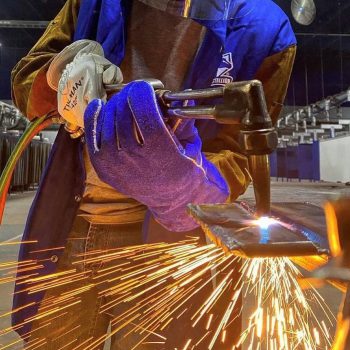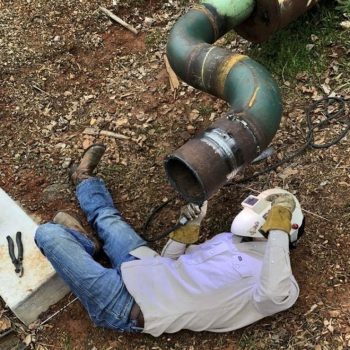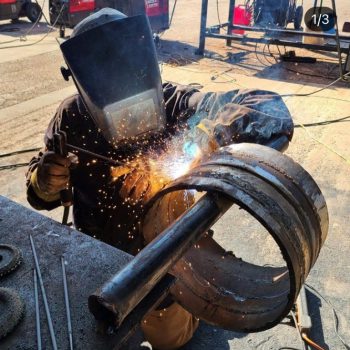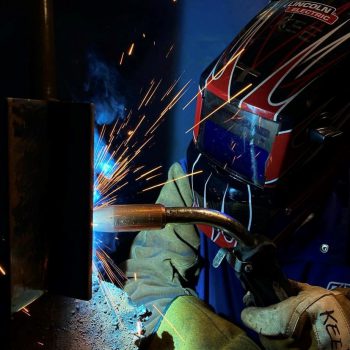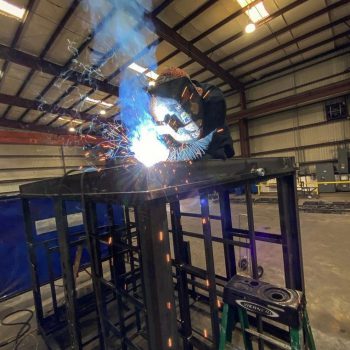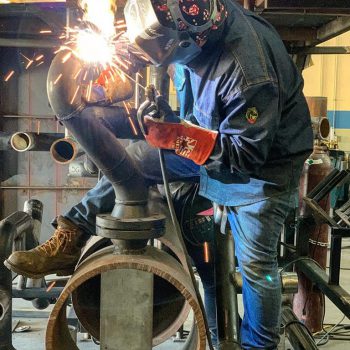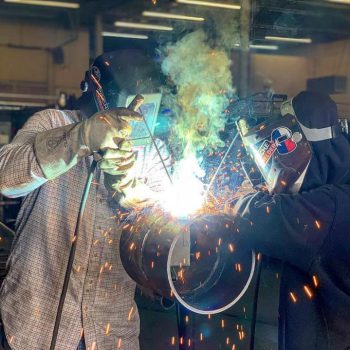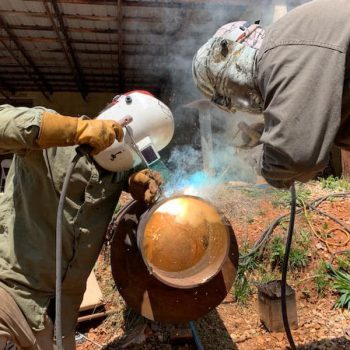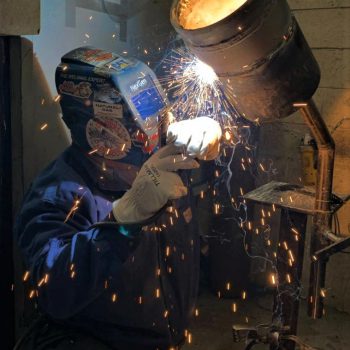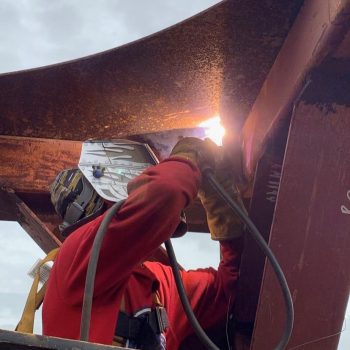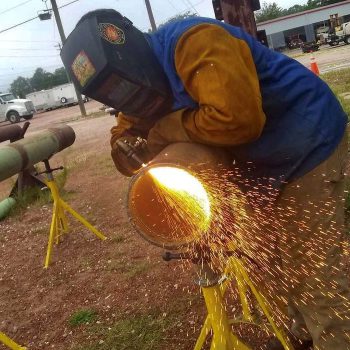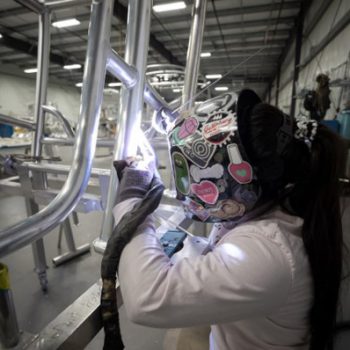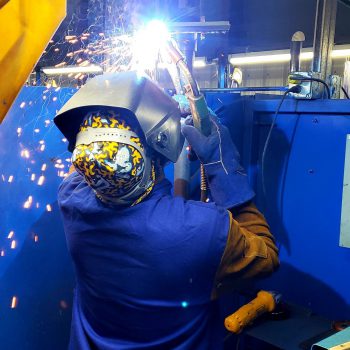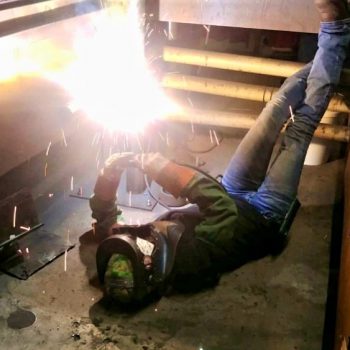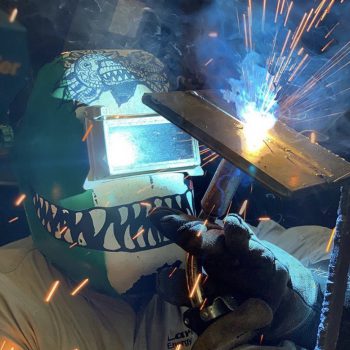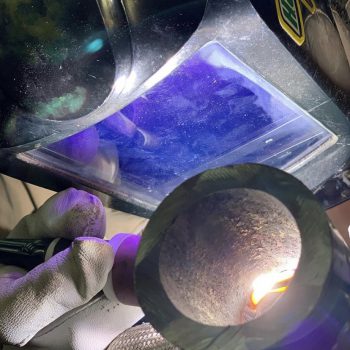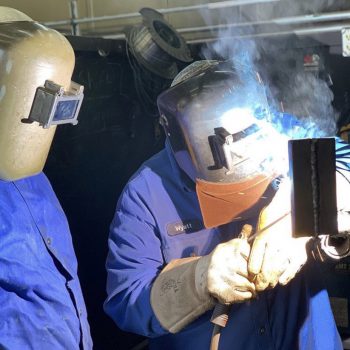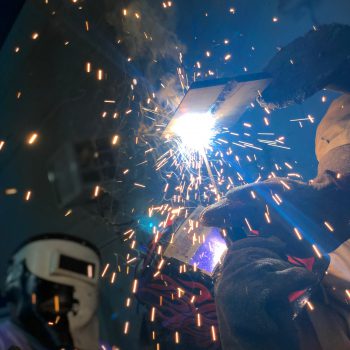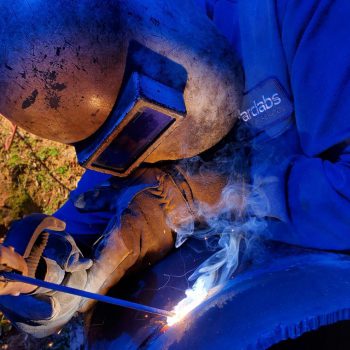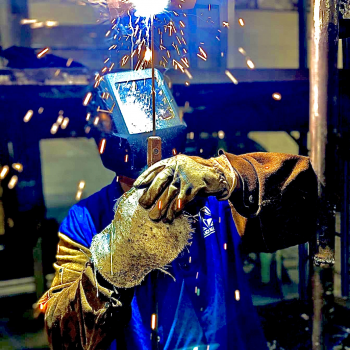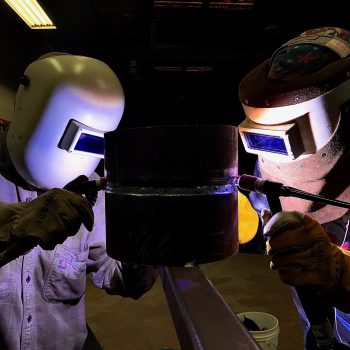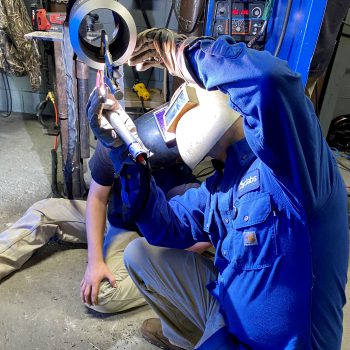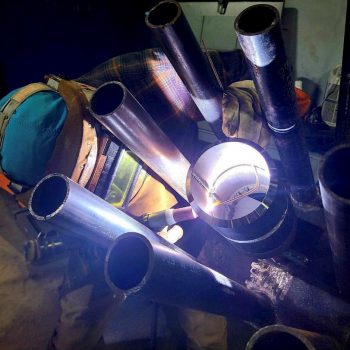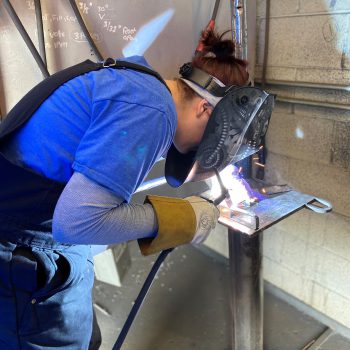What is Hot Start? What is Arc Force? Are they the same thing?
Welding manufacturers have made great strides in developing technology that makes welding easier. The most popular technologies for Stick electrode welding (SMAW) are Hot Start and Arc Force.
Hot Start is a Stick starting feature where the machine delivers a momentary boost of current when striking the arc. This helps establish the molten weld pool on the cold plate, which helps prevent the electrode from sticking and helps consume the end of a previous weld (if there was one). Hot Start significantly helps increase the ease of starting the arc, especially if your material has imperfections, or your electrodes are less than ideal (damp, old or difficult-to-run types like 7018s).
Some machines provide a set level of boosted current. More advanced machines enable operators to adjust the Hot Start duration, as well as the amount of Hot Start current. This is typically expressed as a percentage of the running weld current.
To set your Hot Start, start at a low value and make test welds. Slowly increase the amount if needed. A good starting point would be a Hot Start duration of 0.25 to 0.5 seconds and an additional 15 percent of the set welding current. If the arc starts easily, leave the setting alone. More is not better. High current settings make the electrode run harsher and could create an unintended consequence (e.g., burning away metal outside of the joint).
Arc Force, sometimes referred to as Dig or Arc Control boosts the current WHILE welding. Arc Force senses when the machine’s voltage suddenly drops below a certain level (which happens when the electrode move close to the workpiece), then delivers a boost of current to stabilize the arc and prevent the Stick electrode from sticking or can prevent the arc from completely cutting out.
When setting Arc Force, start on the low side or use the factory default and make a test weld while holding a tight arc. When you feel some resistance as the arc forces metal into the puddle, and the electrode doesn’t stick, that indicates sufficient Arc Force. If it sticks, increase Arc Force by a small increment, perhaps 5 percentage points. If the arc seems excessively harsh and creates spatter, reduce Arc Force.
Arc Force is beneficial in situations where the operator holds a tight arc to force metal to the backside of a joint, as the additional amperage helps prevent the arc from extinguishing. It’s also great for those who struggle to hold a tight arc.
Another situation where many professionals like to use Arc Force is for welding thinner materials, or to make a larger electrode run “cooler.” They set the current on the low side of the acceptable range for the electrode, then use Arc Force to help them weld with an exceptionally tight arc.
At Arclabs, with 95% or more of your time spent in the welding lab using our state-of-the-art welding equipment, you’ll have the opportunity to experience with these modern welding technologies. You’ll learn what works best for you, and how they help you in your welding career.
 877-647-4111
877-647-4111
